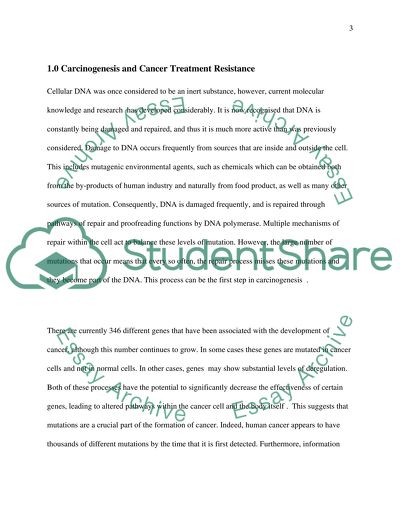Cite this document
(“Identification and analysis of DNA repair mechanisms that contribute Literature review”, n.d.)
Retrieved from https://studentshare.org/biology/1398619-identification-and-analysis-of-dna-repair
Retrieved from https://studentshare.org/biology/1398619-identification-and-analysis-of-dna-repair
(Identification and Analysis of DNA Repair Mechanisms That Contribute Literature Review)
https://studentshare.org/biology/1398619-identification-and-analysis-of-dna-repair.
https://studentshare.org/biology/1398619-identification-and-analysis-of-dna-repair.
“Identification and Analysis of DNA Repair Mechanisms That Contribute Literature Review”, n.d. https://studentshare.org/biology/1398619-identification-and-analysis-of-dna-repair.


